While tourists flock to Chichen Itza by the thousands daily, the ancient Maya built countless other magnificent cities throughout Mesoamerica that receive a fraction of the attention. These archaeological sites contain equally impressive pyramids, palaces, and plazas—often with far fewer visitors to compete with.
Many of these sites offer more intimate experiences with Mayan history, allowing visitors to explore freely without the crowds. Here is a list of 20 lesser-known Mayan ruins that rival the beauty and historical significance of Chichen Itza but offer a more authentic experience for travelers seeking to connect with this fascinating civilization.
Calakmul, Mexico
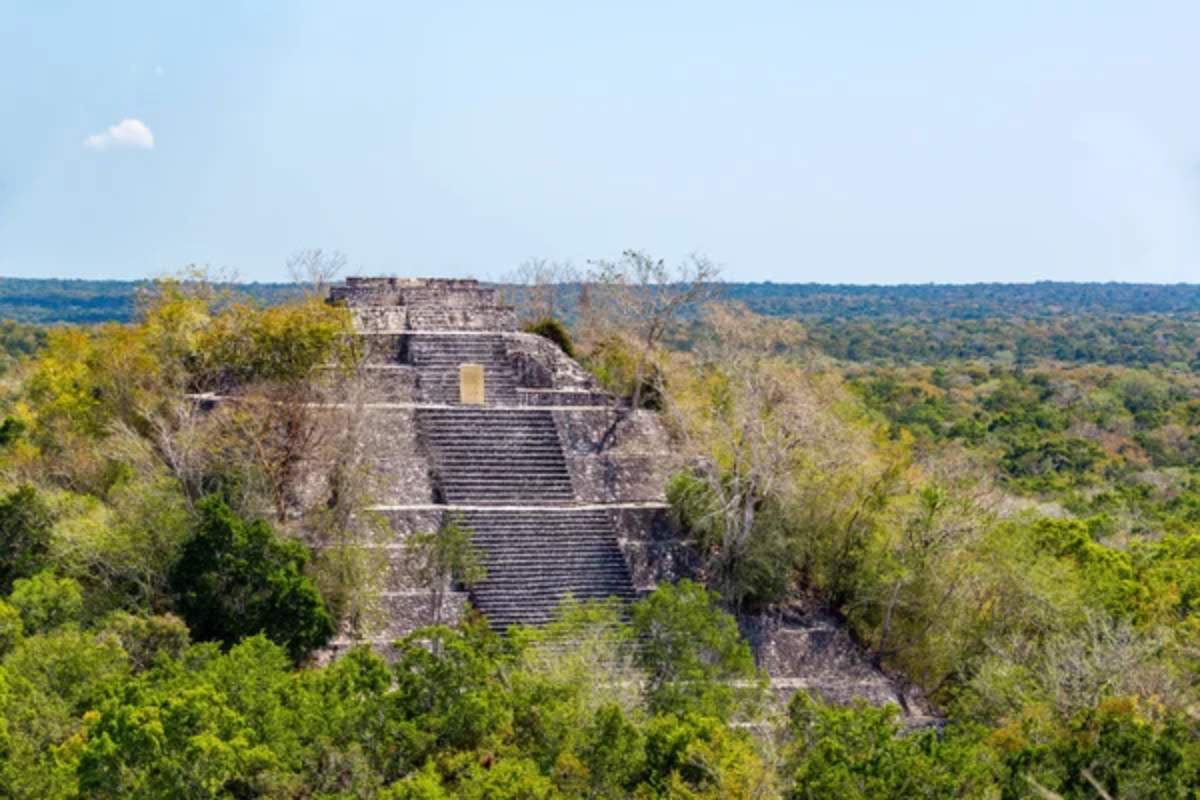
Hidden deep in the jungles of Campeche near the Guatemalan border, Calakmul remains one of Mexico’s most remote and rewarding archaeological sites. The site features over 6,500 ancient structures, including several massive pyramids above the forest canopy.
Climbing Structure II rewards visitors with a breathtaking view of an endless green jungle stretching into Guatemala, with other distant Maya ruins visible as treetop bumps on the horizon.
Ek Balam, Mexico
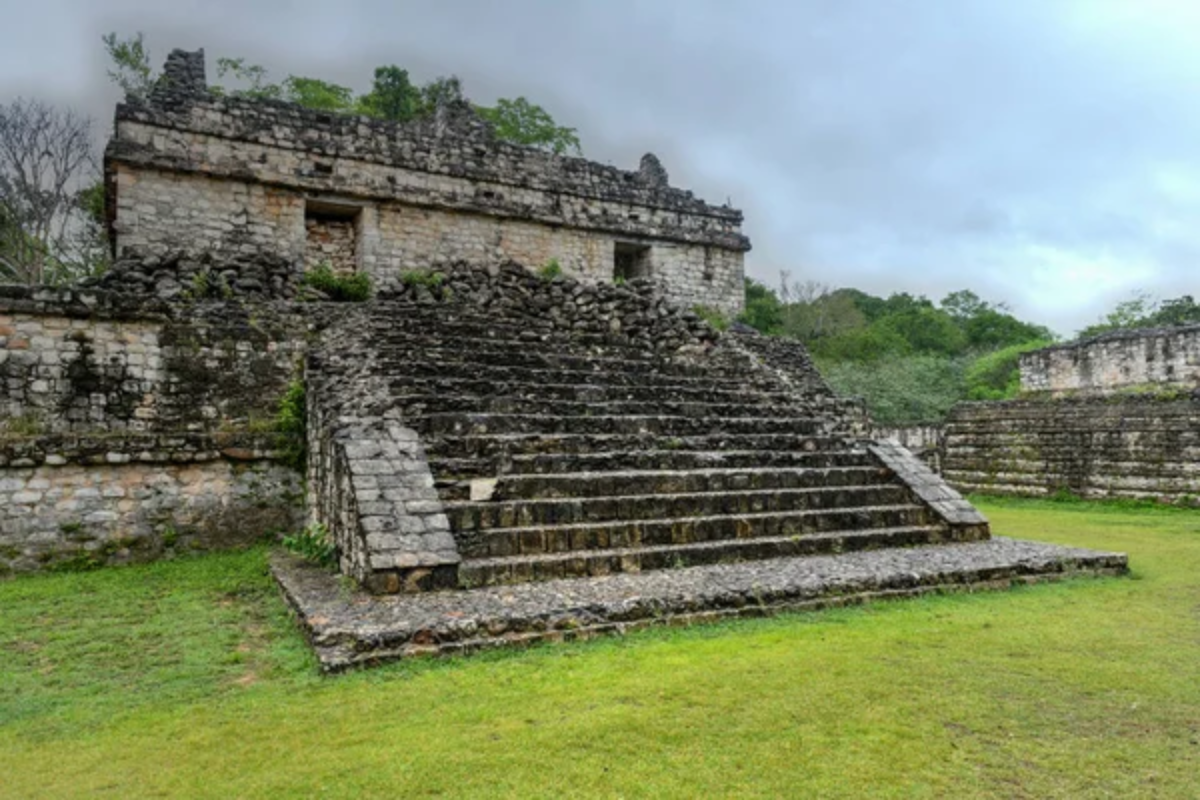
Located just 15 miles north of Valladolid, Ek Balam features some of the most well-preserved stucco facades in the Mayan world. The site’s main pyramid, the Acropolis, has an incredible entrance shaped like a jaguar’s mouth, with detailed carvings that have survived the centuries remarkably intact.
Unlike at Chichen Itza, visitors can still climb the structures here, offering a physical challenge and spectacular views of the surrounding landscape.
Like Travel Pug’s content? Follow us on MSN.
Yaxchilan, Mexico

Accessible only by boat along the Usumacinta River that forms the border between Mexico and Guatemala, Yaxchilan offers a true adventure into Maya territory. The site is famous for its ornate roof combs, impressive stone lintels, and numerous carved stelae depicting the city’s ancient rulers.
Howler monkeys swinging through the surrounding trees create an atmosphere that feels straight out of an adventure film.
Uxmal, Mexico

Though more well-known than others on this list, Uxmal still receives fewer visitors than Chichen Itza despite its architectural brilliance. The site showcases the Puuc style of Maya architecture with its rounded corners, intricate latticework, and mask-like carvings of the rain god Chaac.
The Pyramid of the Magician dominates the site, with its unusual oval shape and steep sides creating a dramatically different silhouette from other Mayan pyramids.
Palenque, Mexico
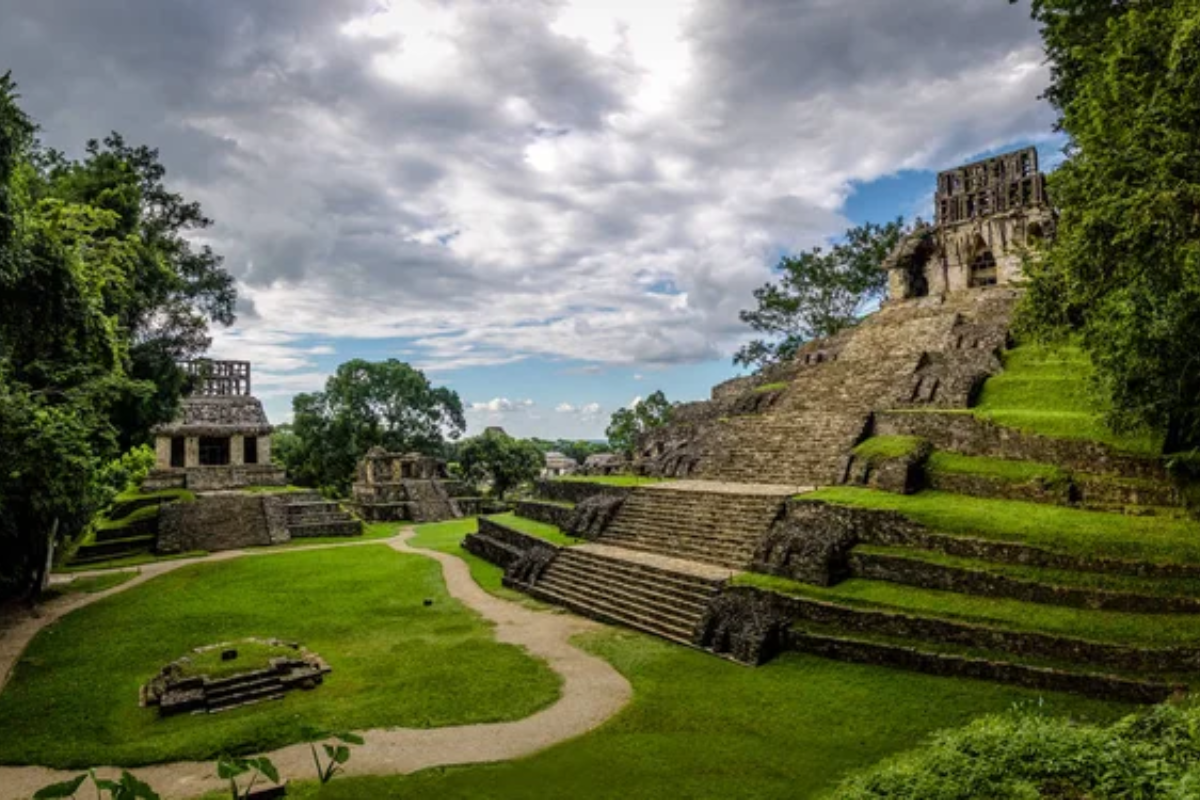
Nestled against the first rise of the Chiapas highlands, Palenque combines natural beauty with architectural splendor. The site features some of the Mayan world’s finest sculptures, architecture, and bas-relief carvings.
The Temple of Inscriptions houses the tomb of King Pakal, while the Palace, with its distinctive tower, stands as evidence of the city’s former glory. Crystal-clear streams flow through the ruins, adding to the magical atmosphere.
Like Travel Pug’s content? Follow us on MSN.
Tikal, Guatemala
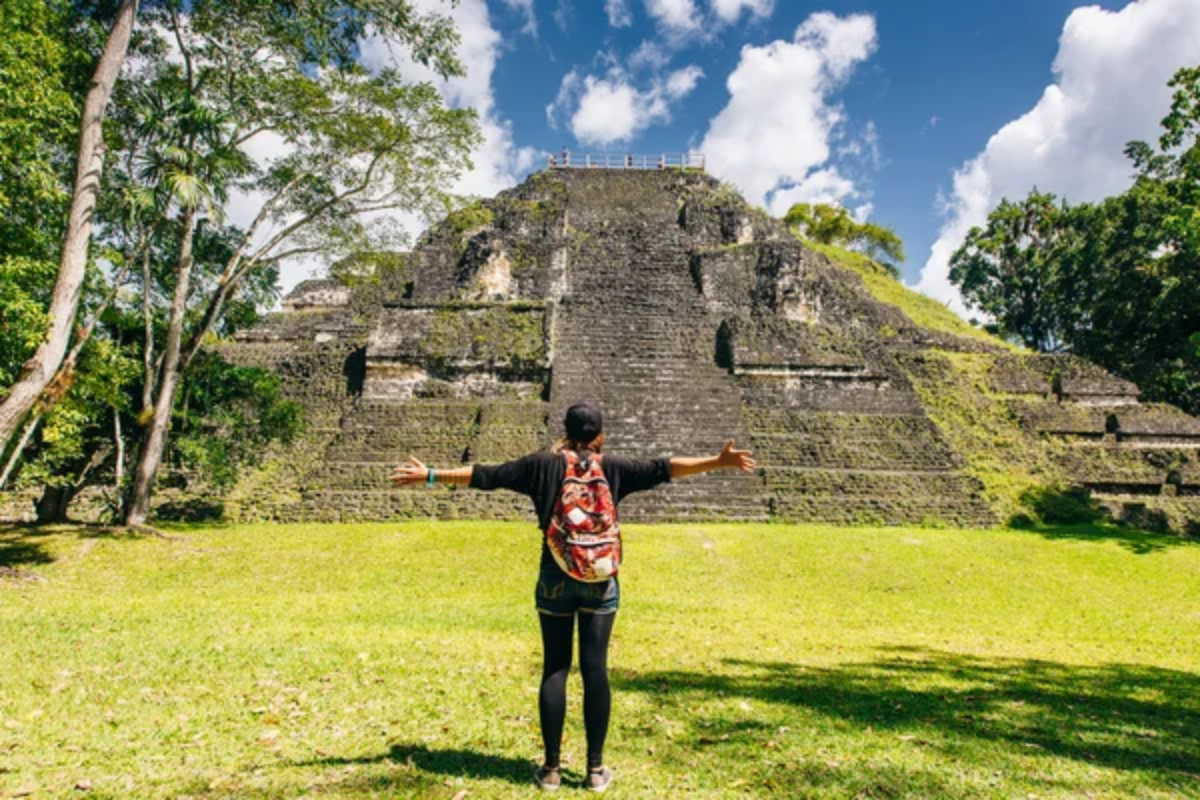
Rising dramatically from the lowland rainforest of northern Guatemala, Tikal’s massive temples punctuate the jungle canopy like ancient skyscrapers. Temple IV stands 212 feet tall, making it one of the tallest pre-Columbian structures in the Americas.
The Great Plaza forms the heart of this UNESCO World Heritage site, while countless unexcavated mounds throughout the 222-square-mile national park hint at the vast scale of this ancient city.
Caracol, Belize
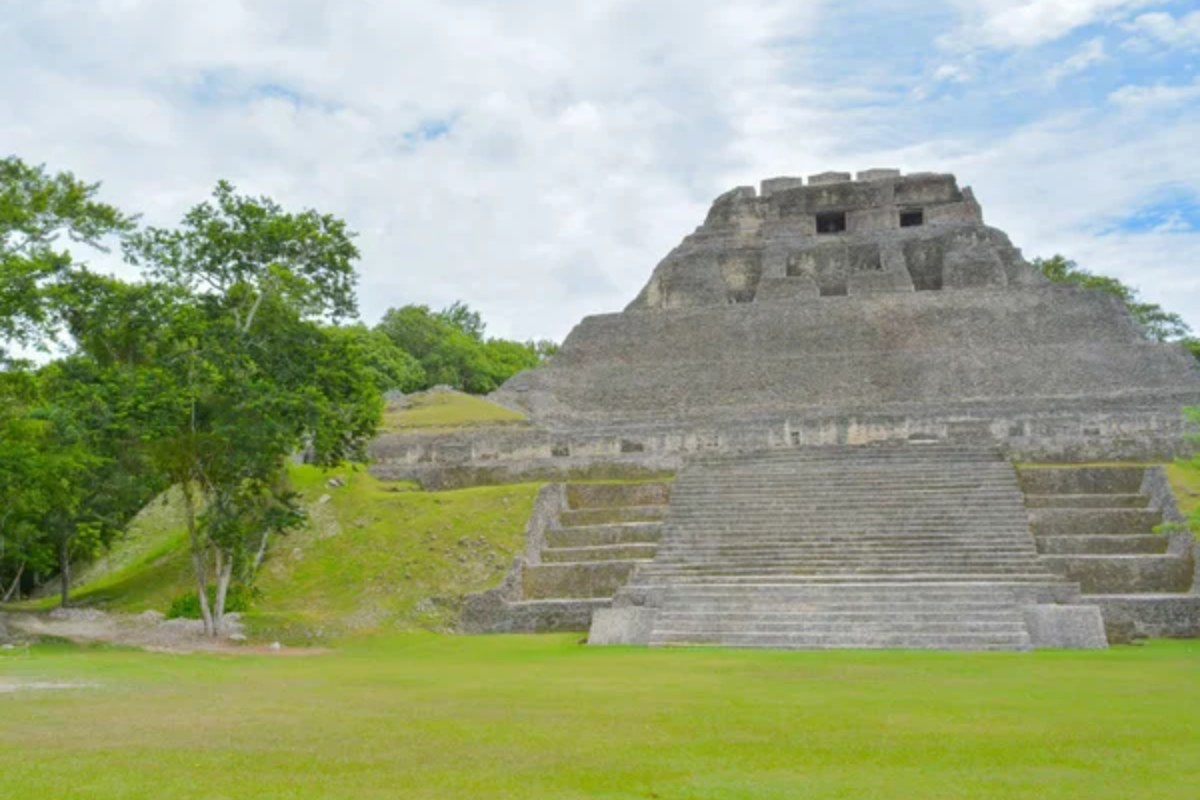
Once one of the most powerful cities in the Mayan world, Caracol defeated Tikal in battle and may have ruled over 100,000 people at its height. At 141 feet, the main pyramid, Caana or Sky Palace, remains the tallest artificial structure in modern Belize.
Recent LiDAR scanning revealed that Caracol was even larger than archaeologists thought, with extensive agricultural terraces and causeways extending for miles into the jungle.
Lamanai, Belize
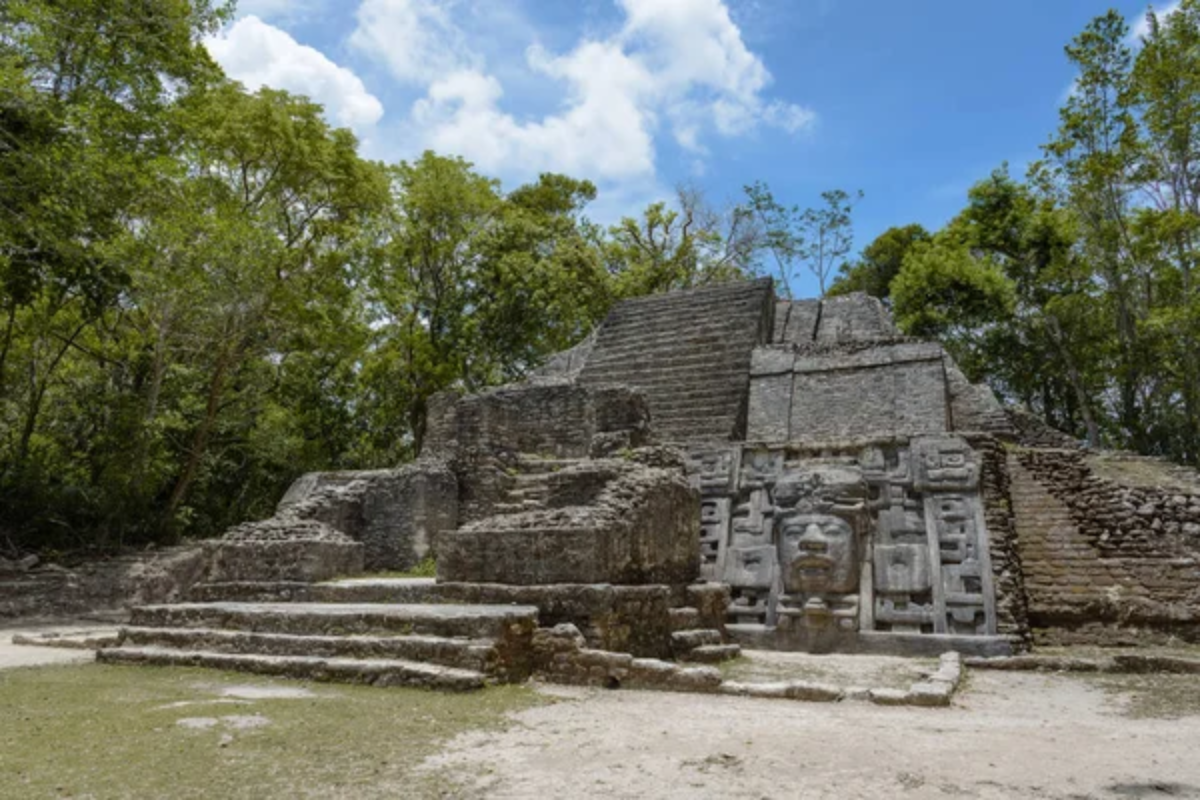
Set along the banks of the New River Lagoon, Lamanai was continuously occupied for over 3,000 years—longer than almost any other Mayan site. The name means ‘submerged crocodile,’ and massive reptiles still patrol nearby waters.
The Mask Temple features large stone masks of a Mayan king, while the High Temple offers panoramic views of the jungle and lagoon. A unique Mesoamerican ball court and the remnants of a 16th-century Spanish church demonstrate the site’s long and varied history.
Like Travel Pug’s content? Follow us on MSN.
Copan, Honduras
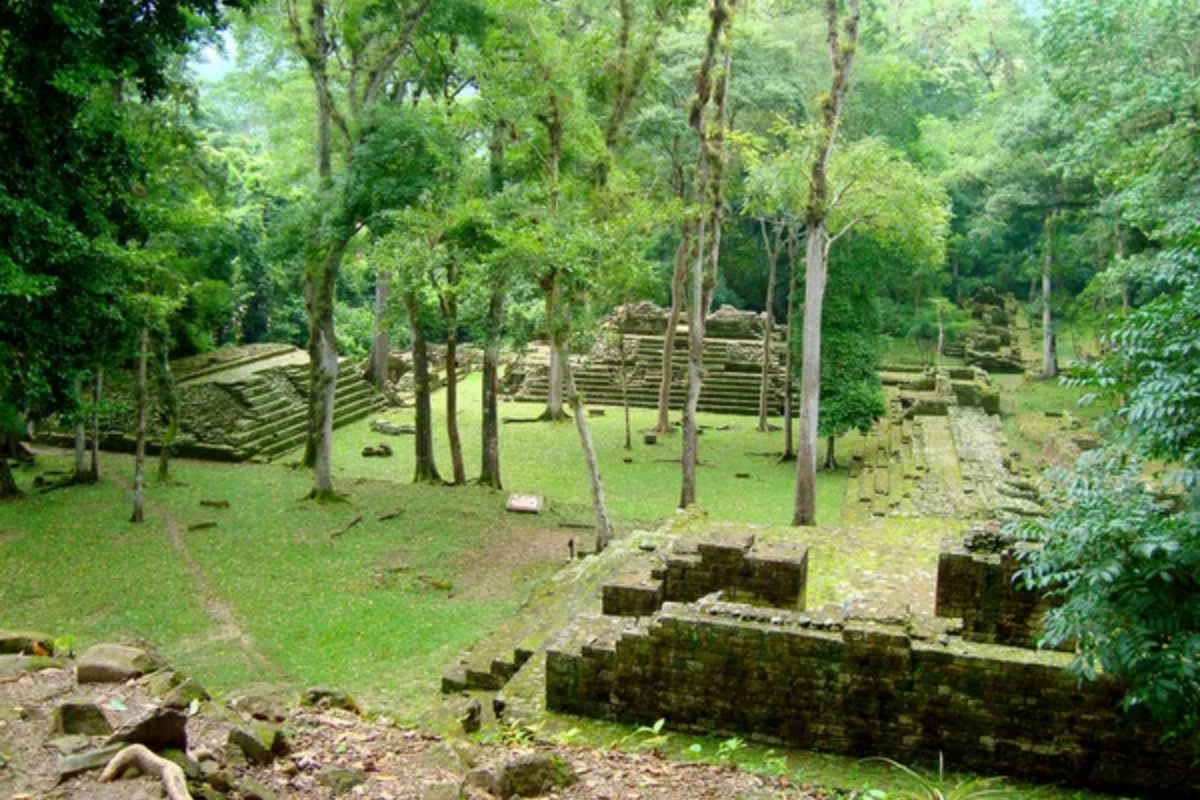
Known as the ‘Paris of the Maya World,’ Copan contains some of the most sophisticated sculptures and carvings ever produced in the ancient Maya. The Hieroglyphic Stairway contains more than 2,000 glyphs—the longest-known Maya text—chronicling the history of the royal dynasty.
The site’s elaborate stelae depict former rulers in exquisite detail, while the underground tunnels reveal earlier versions of buildings buried beneath the visible structures.
Quirigua, Guatemala
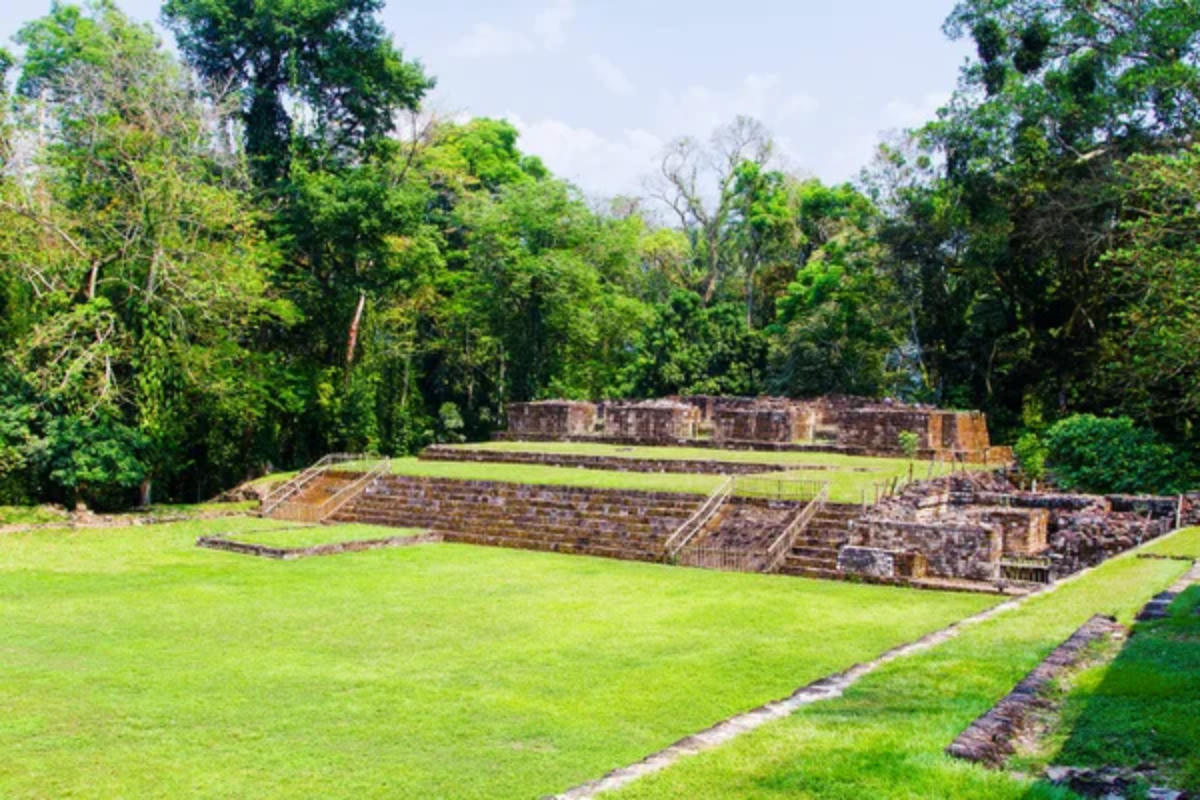
Famous for having the tallest stelae in the Mayan world, Quirigua contains massive stone monuments that tower up to 35 feet high and weigh as much as 65 tons. The site gained prominence after capturing and executing the king of nearby Copan in 738 CE.
Despite its historical significance, Quirigua receives relatively few visitors, allowing for a peaceful experience among the giant stone zoomorphs (animal-shaped sculptures) and intricately carved monuments.
El Mirador, Guatemala
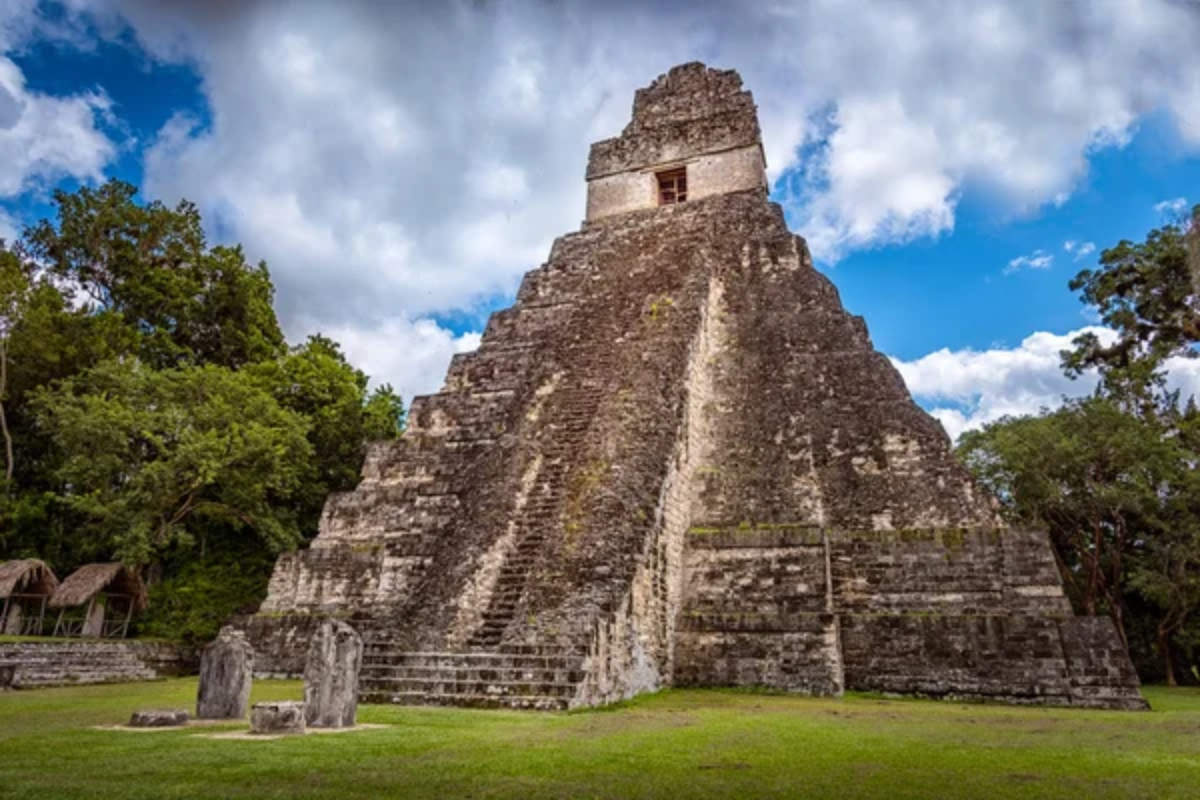
Possibly the largest Mayan city ever built, El Mirador flourished during the Pre-Classic period and features the massive La Danta complex—one of the largest pyramids by volume in the world. Reaching this remote site requires a challenging multi-day trek through the jungle or an expensive helicopter ride.
The reward is exploring a truly off-the-beaten-path archaeological wonder that predates Chichen Itza by centuries and remains largely unexcavated.
Like Travel Pug’s content? Follow us on MSN.
Coba, Mexico
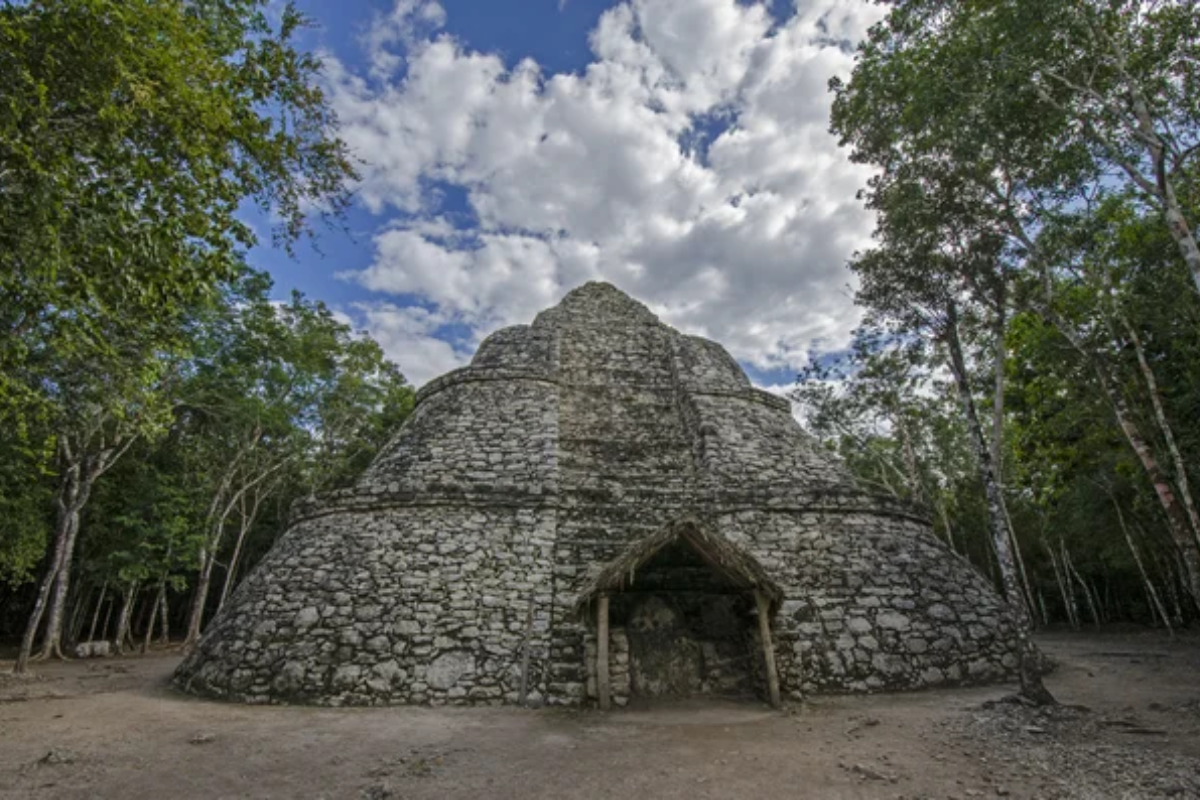
Located inland from the Riviera Maya, Coba differentiates itself with white limestone roads (sacbeob) radiating from the central site like spokes on a wheel. The Nohoch Mul pyramid rises 137 feet and offers adventurous climbers spectacular views over the jungle and nearby lakes.
Unlike many Mayan sites that cluster buildings closely together, Coba spreads out over a vast area, creating a different experience that’s best explored by bicycle or pedicab.
Dzibilchaltun, Mexico
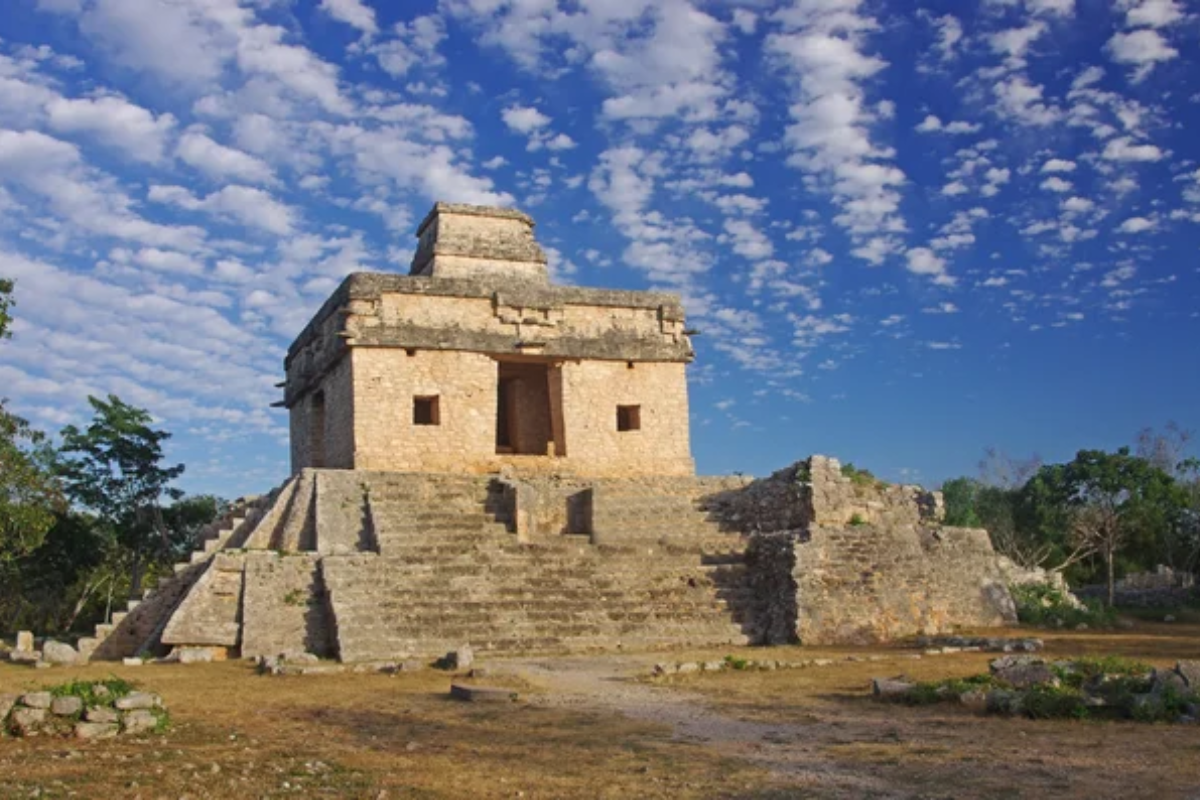
Located just 9 miles from Merida, Dzibilchaltun combines archaeology with natural beauty. It features a cenote (natural sinkhole) perfect for swimming after exploring the ruins. The site’s most famous structure, the Temple of the Seven Dolls, aligns perfectly with the rising sun during the spring and fall equinoxes.
A small but excellent on-site museum displays artifacts demonstrating the site’s continuous occupation from 500 BCE until after Spanish contact.
Sayil, Mexico
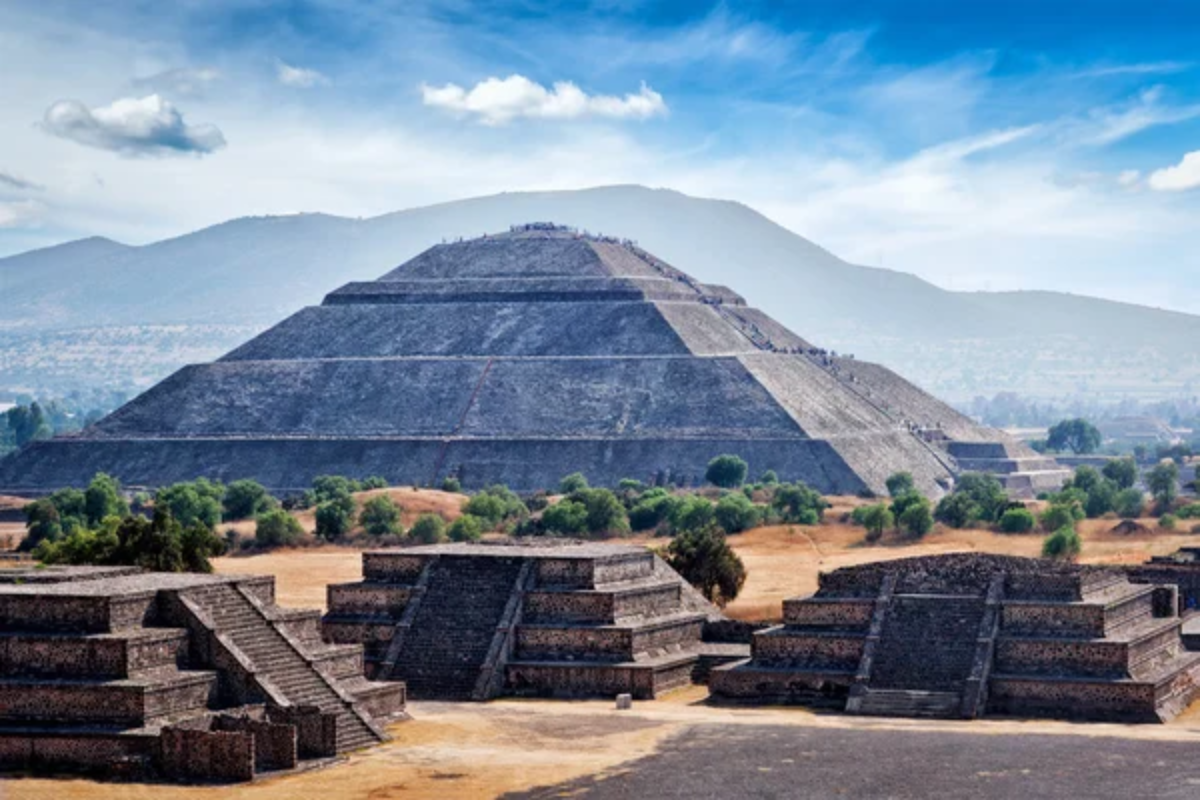
Part of the Puuc Route in Mexico’s Yucatan state, Sayil features the elegant three-story Great Palace with its 90 columns and delicate roof combs. The site exemplifies the refined Puuc architectural style with geometric patterns and stone mosaics.
The surrounding area contains several other impressive sites, including Kabah, Labna, and Xlapak, which can all be visited daily for a comprehensive look at regional Mayan architecture.
Like Travel Pug’s content? Follow us on MSN.
Xunantunich, Belize
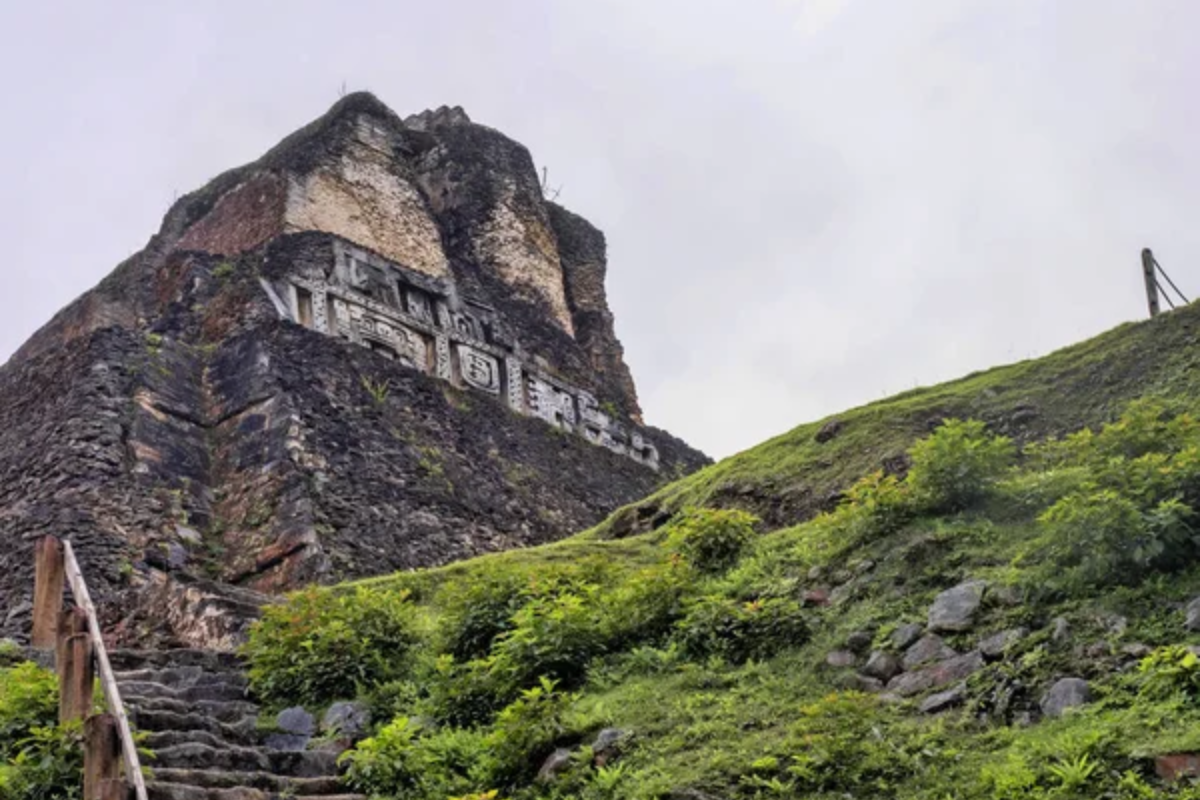
Perched on a ridge above the Mopan River, Xunantunich (pronounced ‘shoo-nan-too-nitch’) means ‘Stone Woman’ in Maya, referring to the ghost said to haunt the site. El Castillo, the main pyramid, rises 130 feet above the plaza and features intricate frieze replicas of astronomical symbols.
A hand-cranked ferry takes visitors across the river to reach this compact but impressive site, adding to its charm and unique character.
Edzna, Mexico
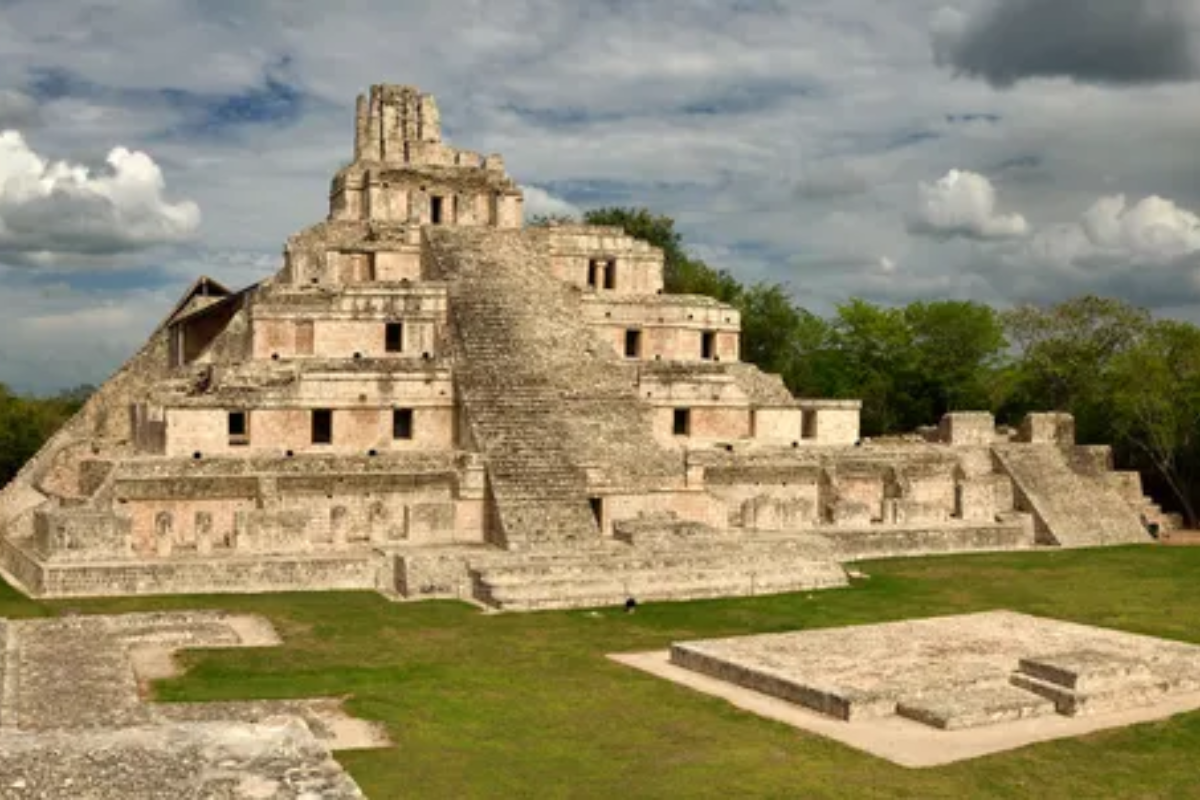
With its five-story main temple and sophisticated hydraulic system, Edzna demonstrates the ancient Mayans’ engineering prowess. The site also features an extensive network of canals and reservoirs that collect rainwater during dry seasons.
The Grand Acropolis and Temple of the Masks highlight architectural styles spanning nearly 2,000 years of continuous occupation, providing a comprehensive overview of Mayan construction techniques.
Tonina, Mexico
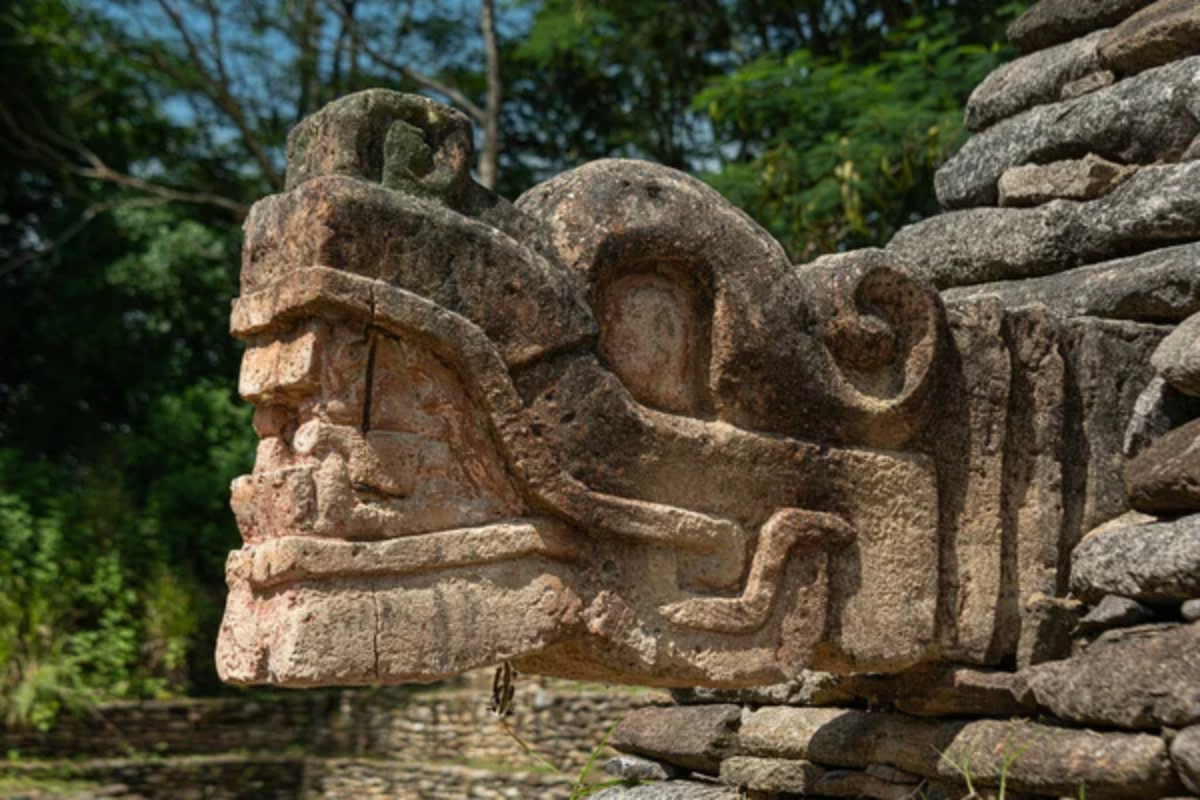
Built on terraced levels up a hillside, Tonina rises like a seven-tiered wedding cake in Mexico’s Chiapas highlands. The site contains one of the largest pyramids in Mexico and features numerous life-sized stucco figures.
Tonina was a militaristic city that recorded its conquests on carved monuments throughout the site. A small museum displays some finest artifacts, including detailed clay figurines and stone sculptures from various periods.
Like Travel Pug’s content? Follow us on MSN.
Nakum, Guatemala
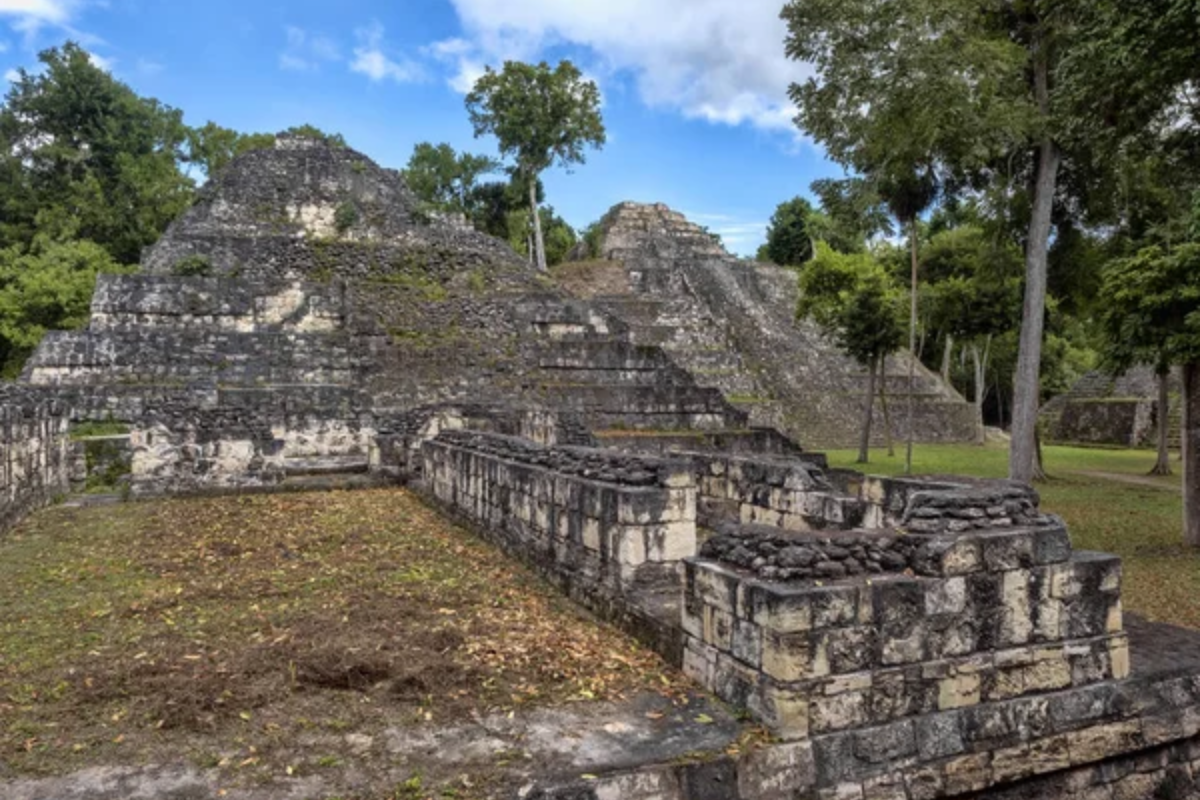
Part of the Yaxha-Nakum-Naranjo National Park, Nakum survived the Maya collapse better than many sites and continued to thrive when other cities were abandoned. The site contains more than 30 structures around two main plazas, with Building A resembling a massive three-story palace complete with roof combs.
The remote location means visitors often have the entire site to themselves, creating an almost mystical experience among structures reclaimed from the jungle.
Uaxactun, Guatemala
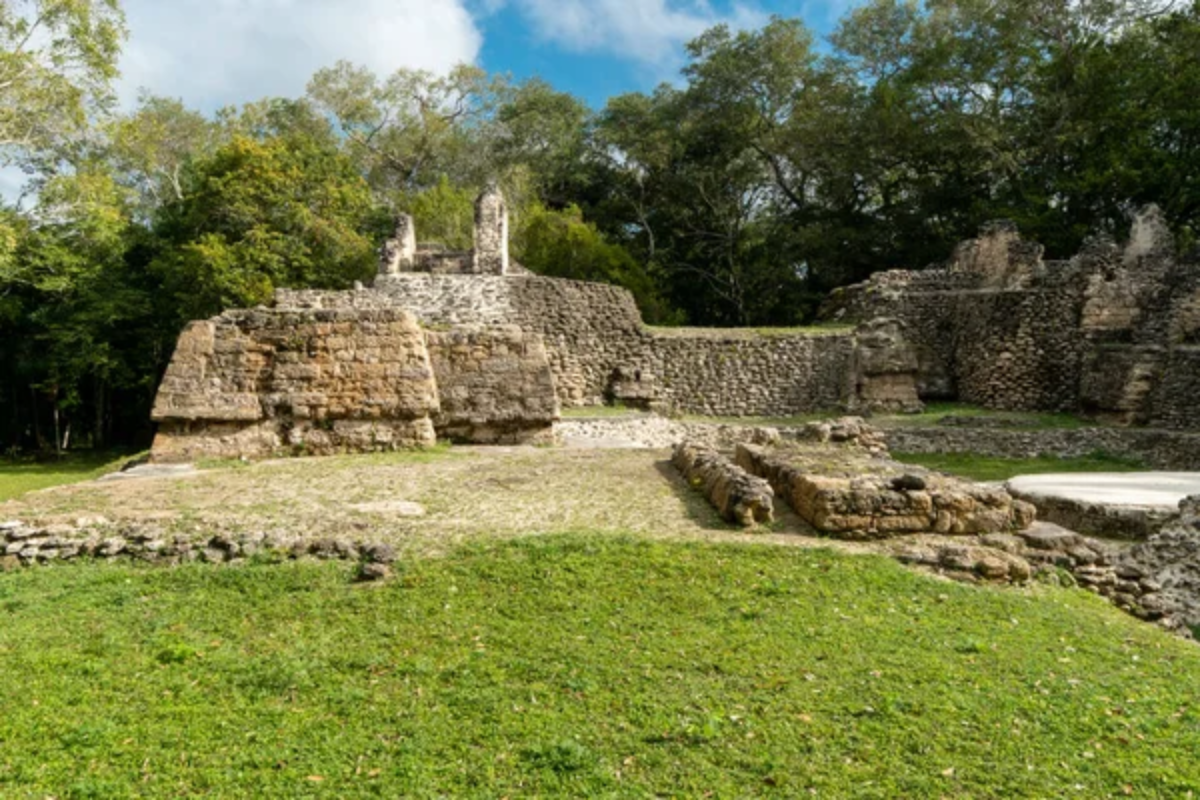
Located just 12 miles from Tikal, Uaxactun features Group E, the oldest astronomical observatory in the Mayan world. During solstices and equinoxes, the sun rises directly behind specific temples when viewed from the Western Pyramid.
The site also contains well-preserved masks, stucco decorations, and impressive examples of Mayan murals. Uaxactun sees only a fraction of Tikal’s visitors despite its archaeological importance.
Seibal, Guatemala
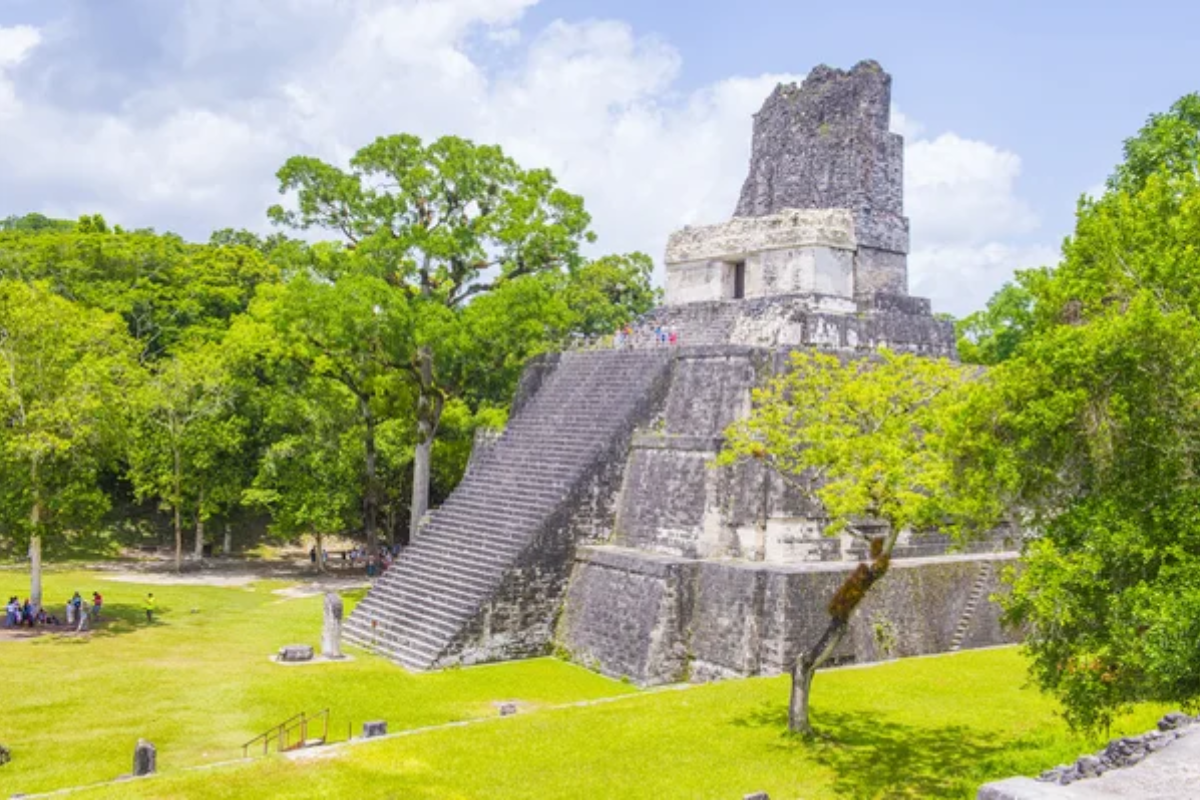
Set on bluffs above the Pasión River, Seibal features intricate stelae that show clear influence from central Mexican cultures during the Terminal Classic period. The site contains three main groups with numerous temples, ball courts, and plazas spread across the hilltop.
Seibal’s remote location and lack of development mean visitors need the determination to reach it, but the reward is having a significant Mayan site all to yourself.
Like Travel Pug’s content? Follow us on MSN.
Beyond the Beaten Path
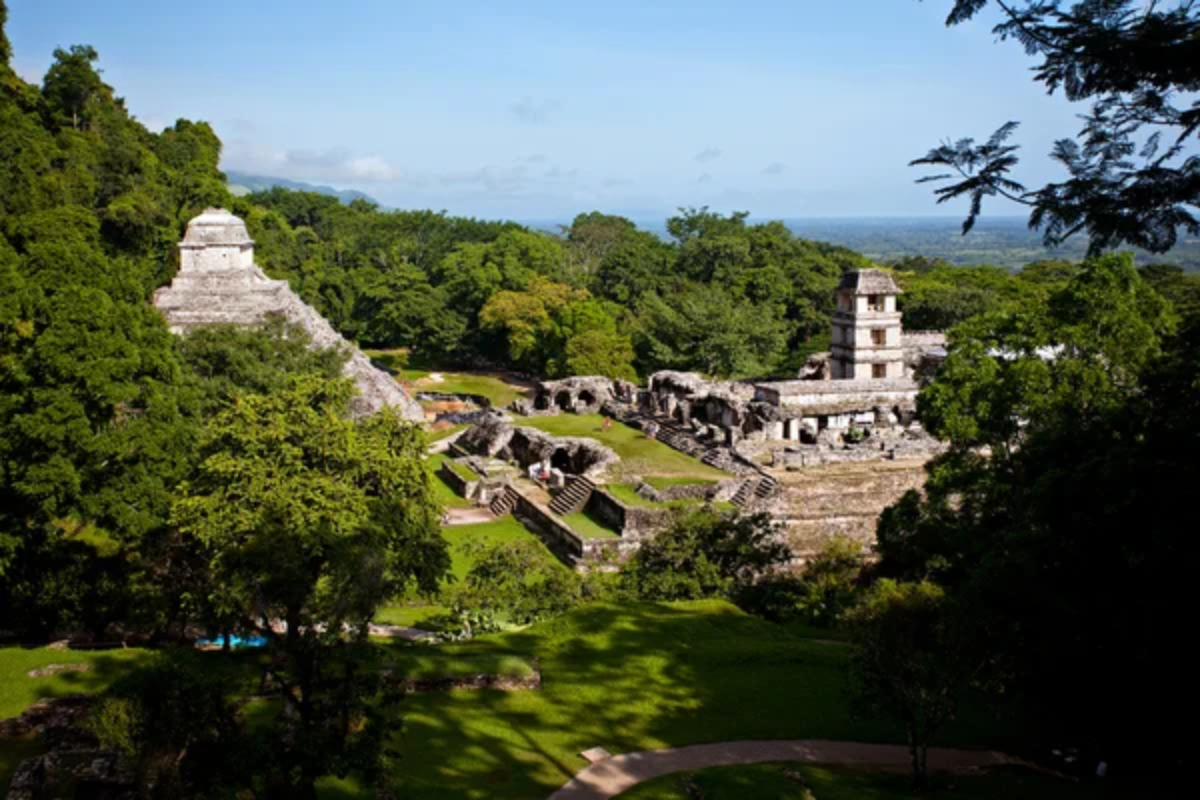
These lesser-known ruins paint a more complete picture of Maya civilization than Chichen Itza alone could. They showcase the diversity of architectural styles, artistic expressions, and engineering solutions that different Maya communities developed across time and geography.
Modern visitors who venture beyond the tourist hotspots gain a deeper appreciation for the sophistication and complexity of this remarkable Mesoamerican civilization. Many archaeologists continue working at these sites today, gradually uncovering new structures and piecing together the stories of the people who built and inhabited these once-thriving cities.
More from Travel Pug

- 20 Destinations That Were Once Thriving but Are Now Quietly Disappearing
- 15 Hidden Spots in Disney World’s Magic Kingdom Most Visitors Miss
- 20 Once-Popular Beach Towns That Are Now Ghostly Empty
- 20 Beautiful US Lakefront Towns Where You Can Live for Under $2000 a Month
- 20 Caribbean Islands That Are Safer Than People Think
Like Travel Pug’s content? Follow us on MSN.
